'That’s how you create lasting results' – ruthlessly declutter according to your unique messiness type for surefire streamlining success
Knowing your messiness style is the key
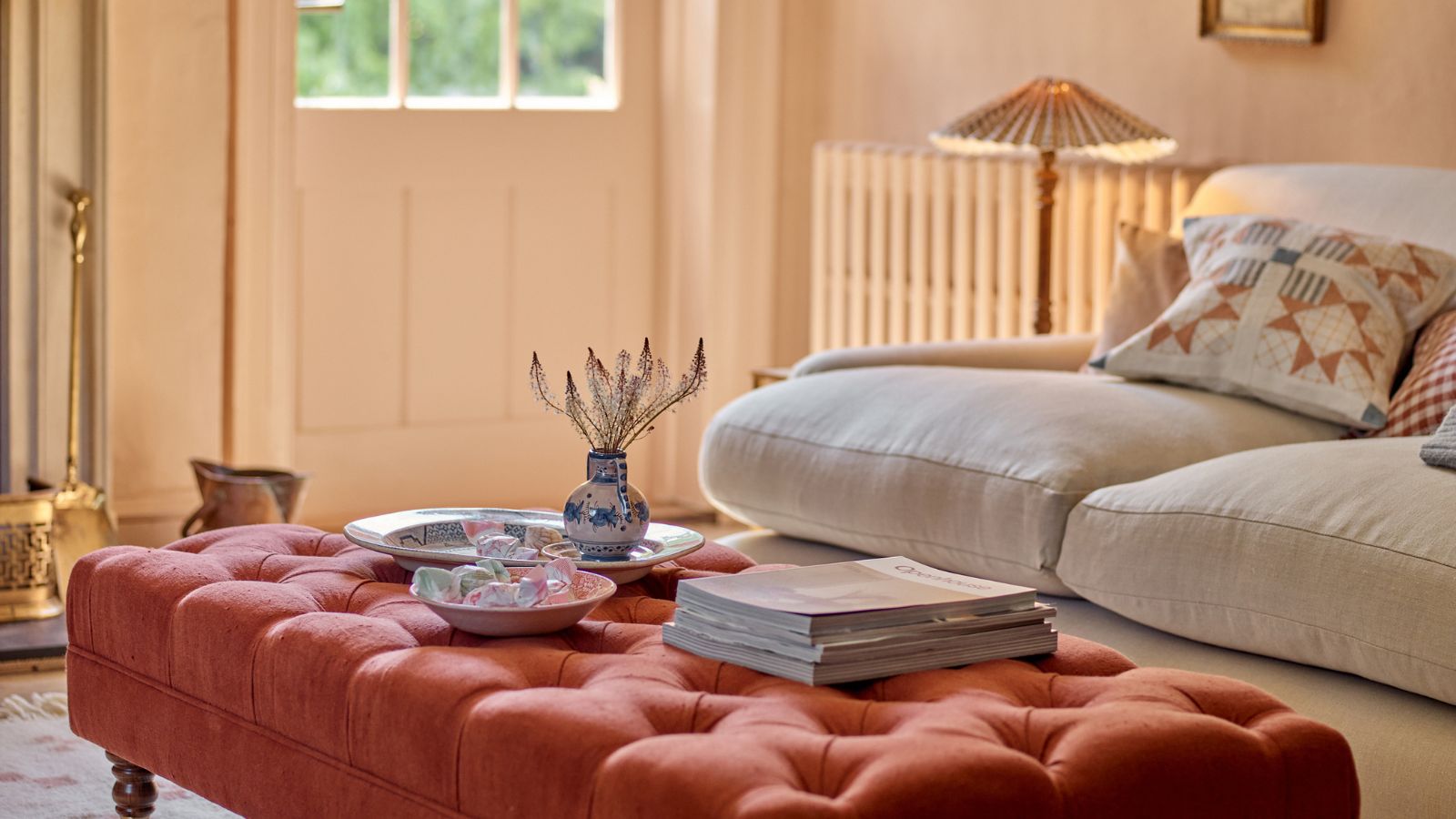

Clearing out clutter is tricky at the best of times, so why not make it easier on yourself by doing the task based on your messiness type?
Whether you’re a sentimental saver or an overshopper, instead of forcing yourself into one-size-fits-all decluttering advice, understanding your mess style will help you work with your habits, not against them, say pros.
These decluttering tips are hand-picked by our experts for your particular style of mess, helping you overcome decluttering roadblocks for good.
How to declutter based on your messiness type
Much like cleaning your house based on your personality type, decluttering based on your messiness type can help you avoid some common decluttering mistakes, even mitigating decluttering resentment to make it a chore you can, at the very least, tolerate, if not enjoy.
Unlocking ruthlessness when decluttering is the key to long-lasting success.
1. The sentimentalist
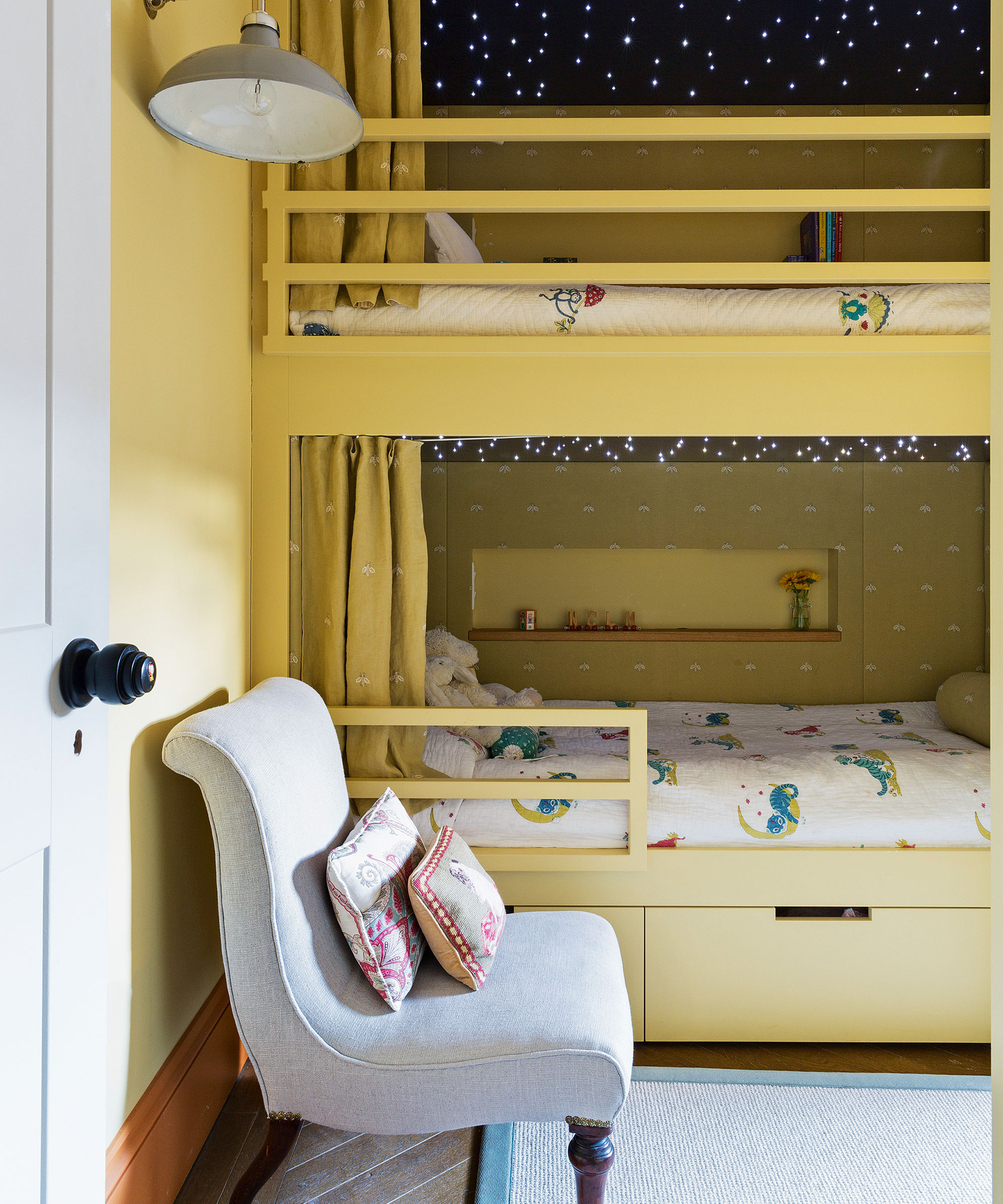
Set aside time and work with family to declutter sentimental items safely.
Shantae Duckworth, professional home organizer and founder of Shantaeize Your Space, explains, ‘The sentimentalists are folks who attach deep meaning to things, baby clothes, old birthday cards, ticket stubs, you name it. For sentimentalists, decluttering is emotional, not just physical.’
Decluttering sentimental items is tough, especially as some things feel illegal to declutter.
Design expertise in your inbox – from inspiring decorating ideas and beautiful celebrity homes to practical gardening advice and shopping round-ups.
‘I suggest going slow,’ Shantae says. ‘Set aside dedicated “memory time” and try digitizing photos, letters, or kids’ artwork so the memory stays even if the item goes. And always keep a small memory bin, permitting yourself to save some things is key here.’
For those items you decide to keep, store them in an airtight plastic storage bin with a secure lid from Walmart. This helps to keep them safe from moisture and temperature fluctuations. Adding in moisture-absorbing packs, also from Walmart, can help with this.
You can digitize photos with an Epson scanner, and add them to a large capacity digital frame, both from Amazon.
2. The hideaway
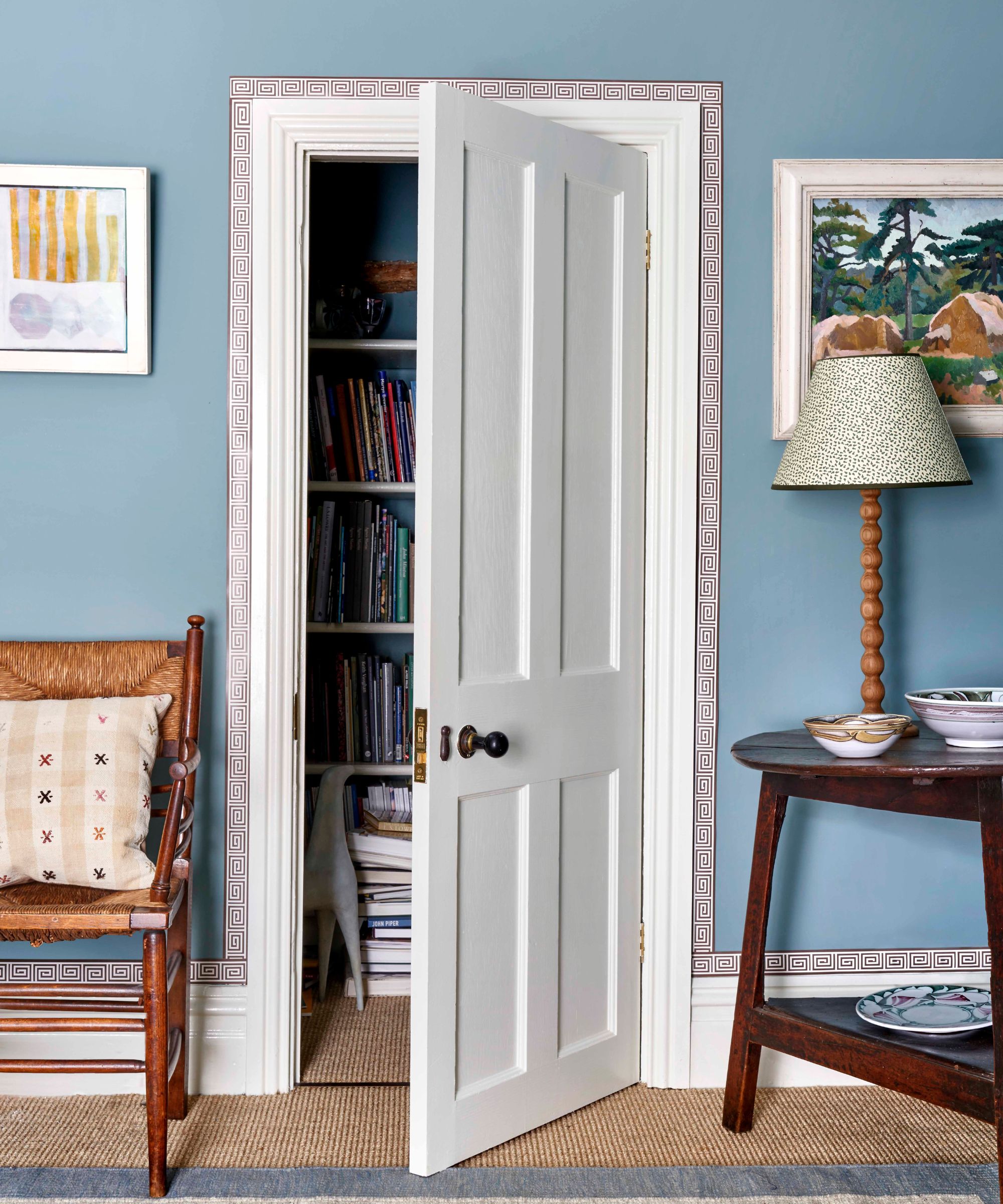
Hiding clutter simply makes it a problem for another day.
Shantae continues, ‘You likely know a hideaway if you aren’t one yourself. The surfaces look tidy, but don’t open that hall closet or drawer! Hideaways tend to stash clutter out of sight to avoid dealing with it.’
For this, Shantae suggests micro-decluttering. ‘Pick one hidden space at a time. Set a timer for 20 minutes and ask yourself: Do I even know what’s in here? Use clear bins or labels so you don’t go back to the “out of sight, out of mind” habit.’
As a hideaway, you can go all in and try The Minimalists’ ‘out in the open’ decluttering rule, emptying everything out to see the problem all-in-one glance.
When home organizing, it can then be helpful to put items back in clear plastic containers, from the Container Store, so items are a little harder to hide. Biophilic decluttering also plays into this concept, using beautiful storage items made from natural materials to encourage you to keep it looking nice and tidy.
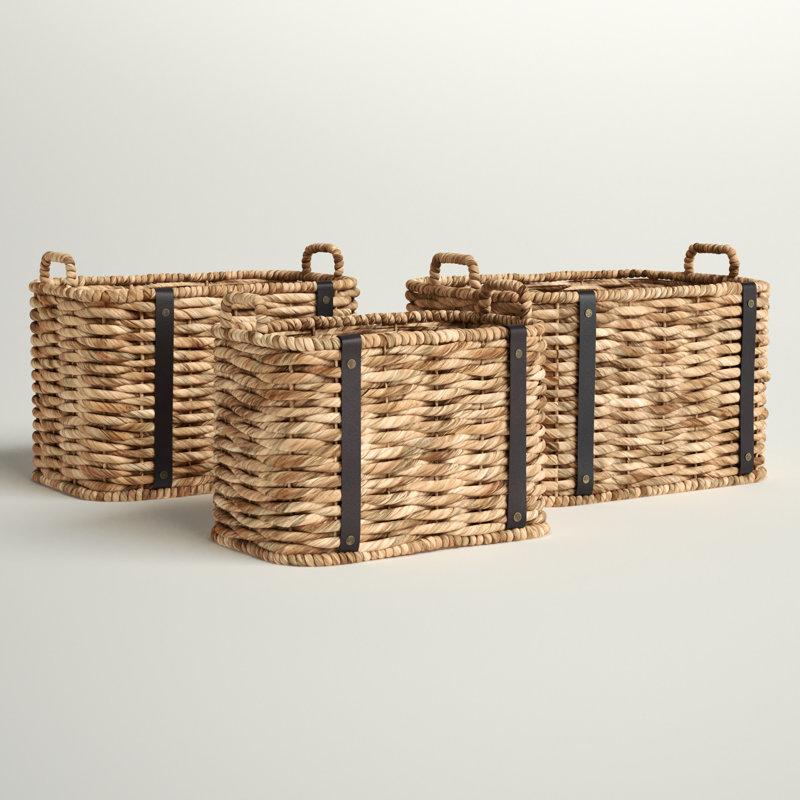
This set of three wicker baskets are made of natural water hyacinth fiber rattan, with faux leather strips with nail head details. This set of three features three sizes, starting at 17" with the largest and decreasing to 14" with the smallest. They can be nested together for easy storage.
3. The aspirational
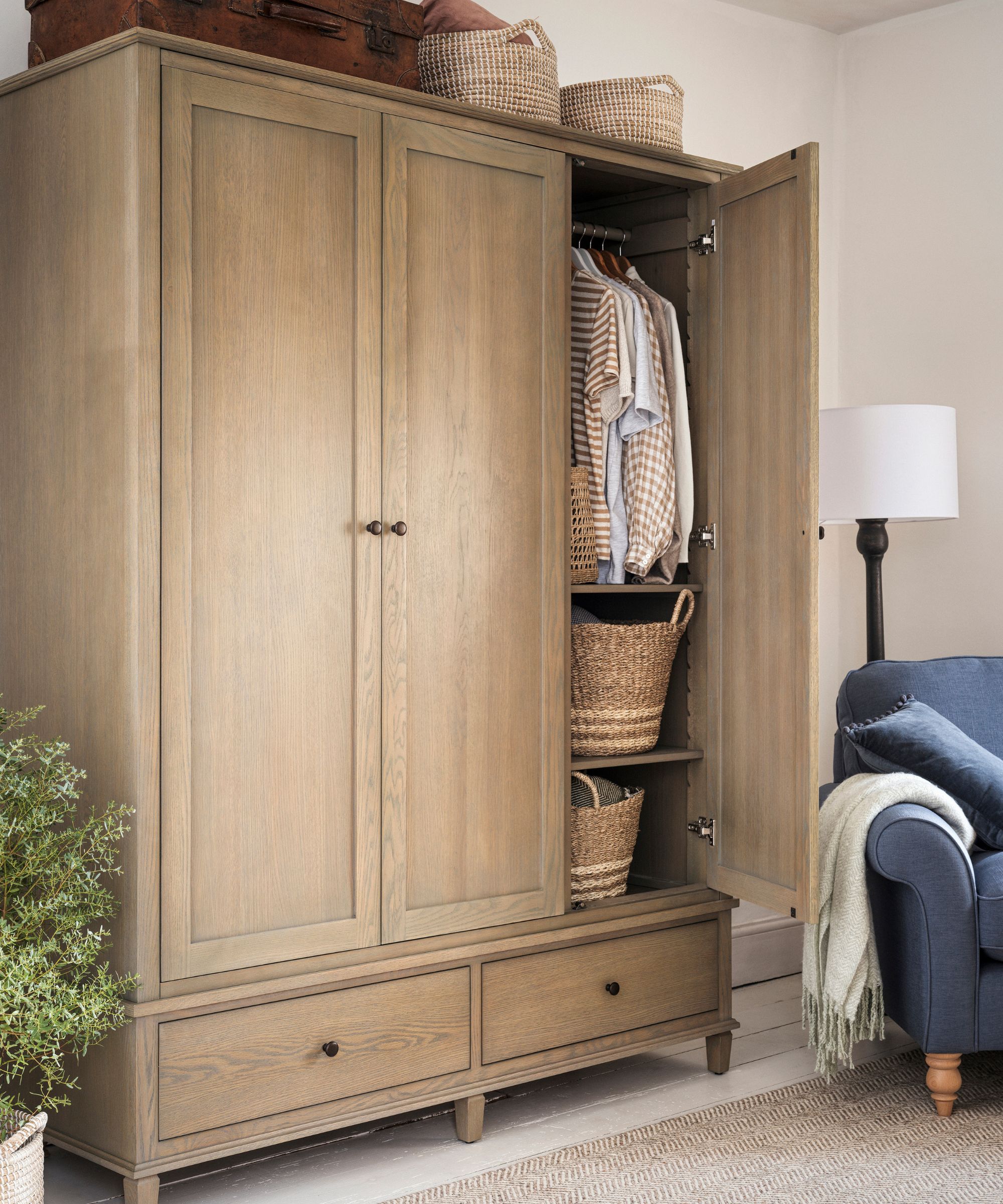
You often find aspirational clutter in a closet.
Aspirational clutter is one of the many types of clutter you will never find in a minimalist's house. Shantae explains, ‘they hold onto things for “someday” – craft supplies, workout gear, clothes that don’t fit anymore, etc. It’s all about the person they hope to be, not necessarily the one they are today.’
To declutter items your fantasy self holds onto, Shantae suggests, ‘Be honest about whether that version of you still exists. If not, bless and release it. Keep one or two items to honor your past goals, but don’t let them weigh down your present.’
4. The saver
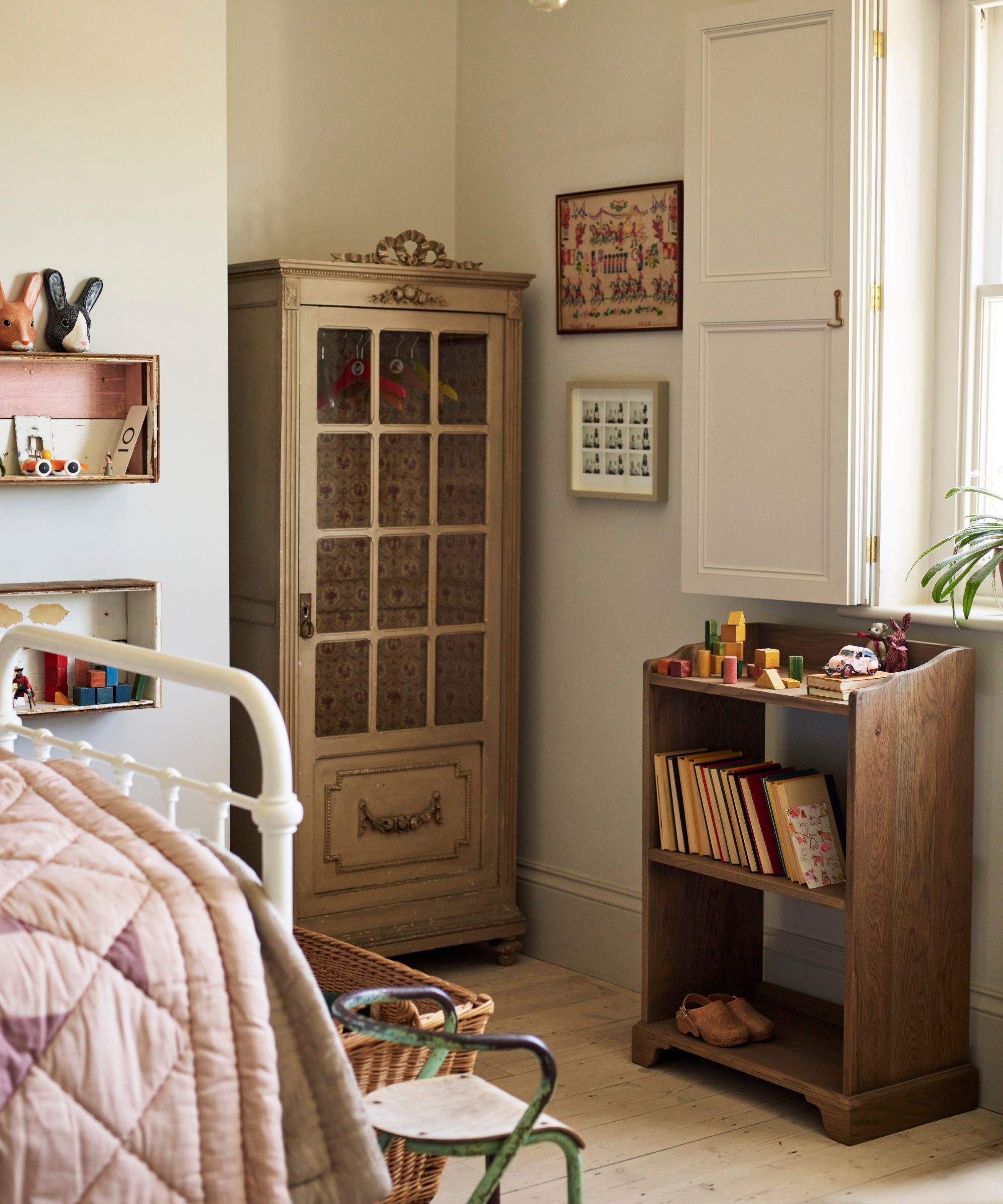
What is important to you, may not be important to your family members.
Saving items for children or future generations can lead to overwhelming piles of clutter, making it ten times harder to organize a big attic or organize a garage.
Amanda Rivera, professional organizer and owner of Tidy Red, shares, ‘This one can be tough! As a mother and a daughter, I understand both sides. Parents often save items with deep emotional meaning (baby clothes, old toys, furniture), thinking their kids will want them.
'But the younger generations live more digitally. They may already have that item documented in a photo or video, so the physical object doesn't hold the same weight. And sometimes, it’s not their memory to carry.
'For instance, my mom saved a bib from my childhood to pass down to my daughter. She remembered it fondly, but I didn’t. Still, I honored her by taking a picture of my daughter wearing it, thanked her sincerely, and let her know I likely wouldn’t keep it long-term, with love and honesty.’
To cut down on your own clutter, consider taking pictures of items and storing them in a photo album from Wayfair. Alternatively, store digital copies on an external 2TB hard drive from Best Buy, to save space on shelving.
5. The cost-focused
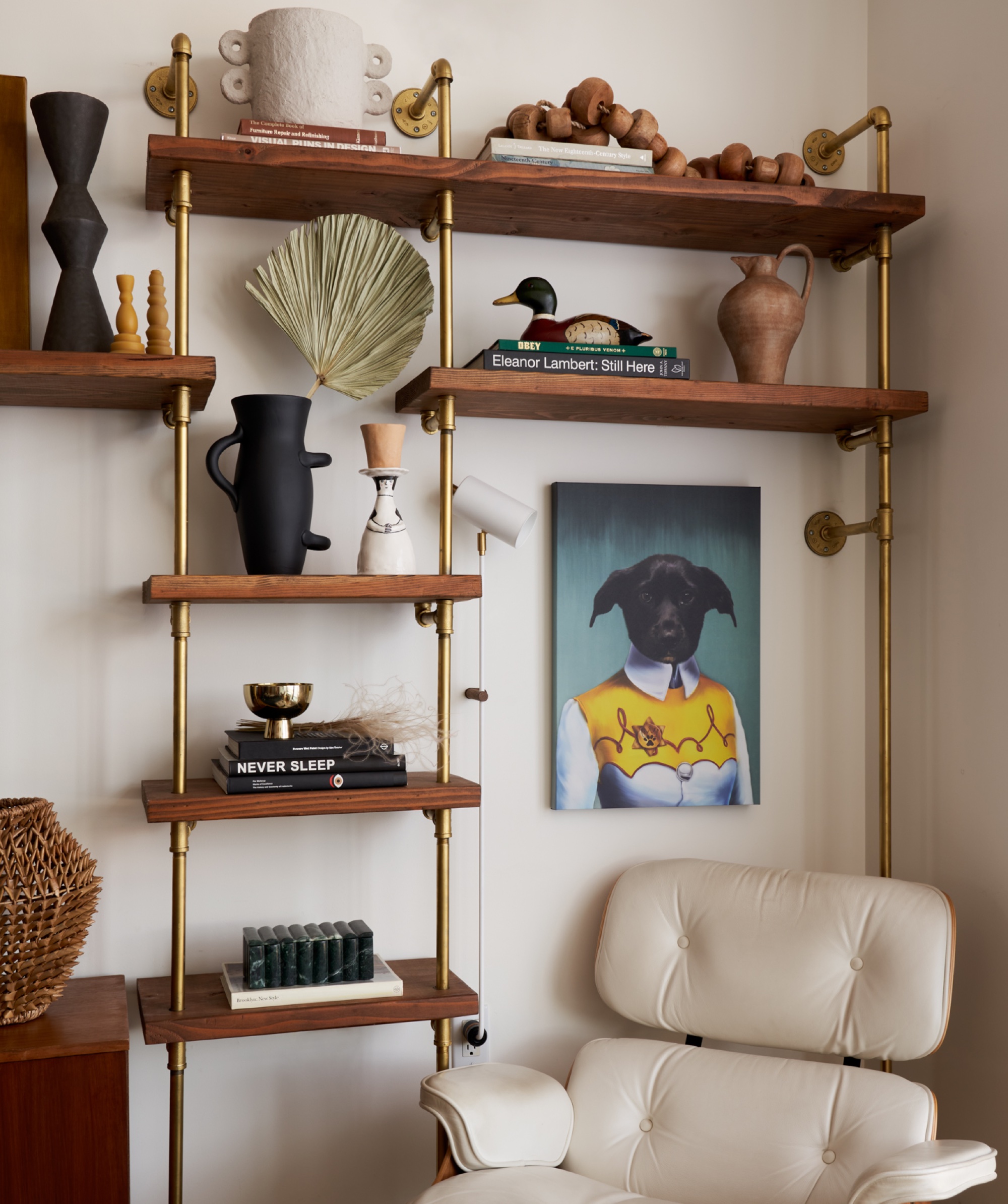
Just because something was expensive, doesn't mean you have to keep it.
A common theme in clutter buildup is an attachment to how much an item costs. This way of thinking can require a significant mindset shift to prevent clutter in the future.
Amanda says, ‘Letting go of something expensive can feel like failure. I get that, I’ve felt it too. It's hard to admit that something you spent your hard-earned money on didn’t serve you the way you hoped. But I remind clients: At the time, buying that item probably gave you peace of mind or a sense of security.
‘That value isn’t erased just because it wasn’t used. It served a purpose then, and now it’s time to release it, maybe to someone else who can use it today.’
You can use the 20/20 rule to ease this sensation of wastefulness. If you can replace it within 20 minutes for $20 or less, feel better about letting it go.
6. The ‘what-if’ thinkers
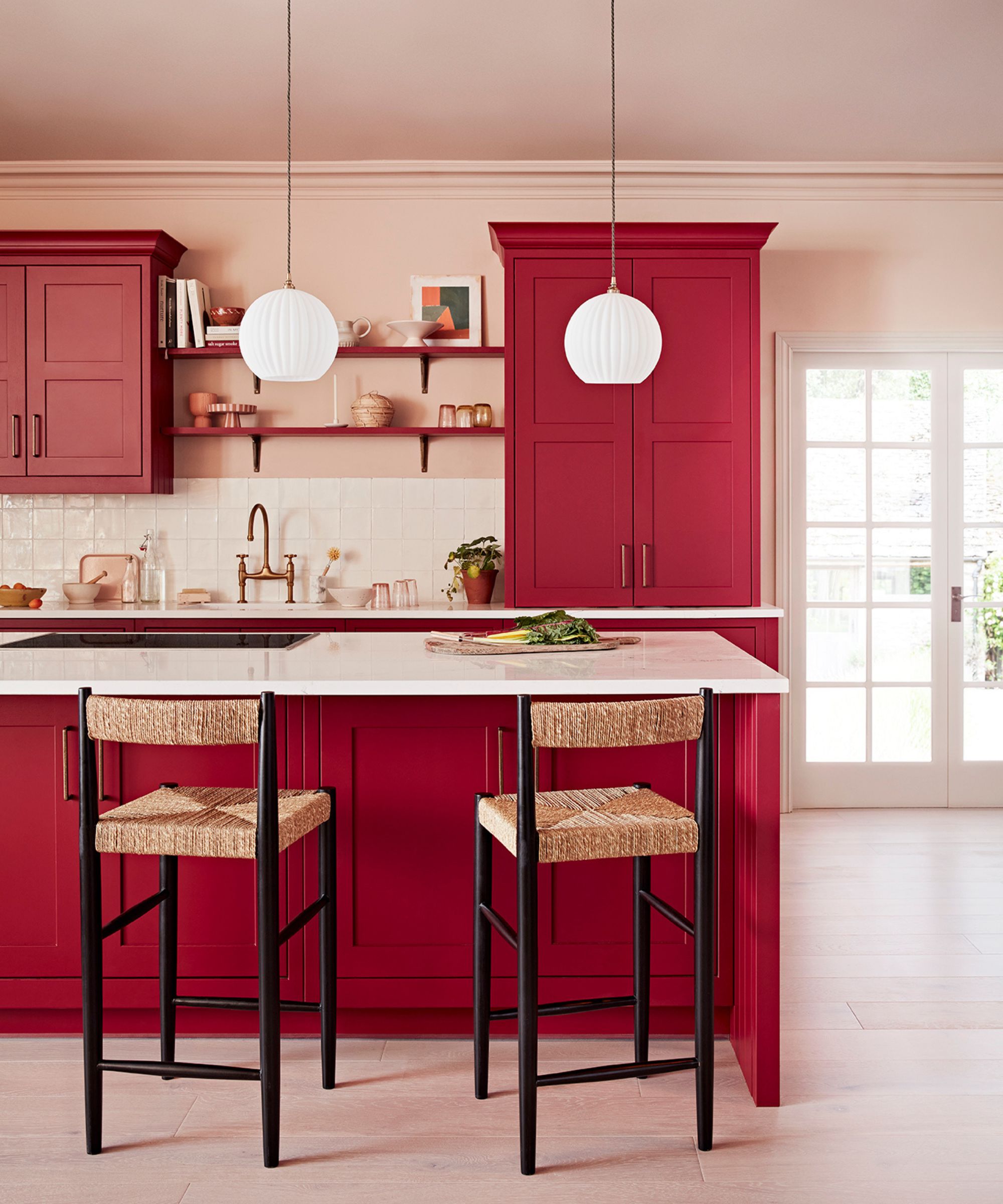
'What If' clutter is common in practical areas such as kitchens, bathrooms, or utility rooms.
‘What if’ items are, by far, one of the most common types of clutter in a home, and is one of the trickiest messiness types to work through.
Polina Shkadron, MA, founder and neurodivergent therapist at Play to Learn Consulting, explains, ‘The language of the "what ifs" sends us into an anxiety spiral that keeps the anticipation going – "What if I'm going to need this paperclip again?" or "What if I'll never find the same t-shirt?"’
To ditch your maybe pile and declutter, Polina suggests shifting the language. ‘What we want to do instead is switch up the language to instill curiosity and wonder with the following: "I wonder what it would be like for the kitchen to have only 10 spices on the rack?" or "I'm curious about what my closet would look like with five pairs of jeans instead of 20."
'Curiosity is the pull, and the individual doesn't necessarily need to throw everything away. They are removing one small part to step back and notice what this one change creates.’
Alternatively, you can try the expiry decluttering method, putting items you are worried about decluttering into a cardboard box (available for under $3 at Walmart), and marking it with a deadline date. If you have not thought of or used the items in the box by that date, you can safely declutter them.
7. The avoider
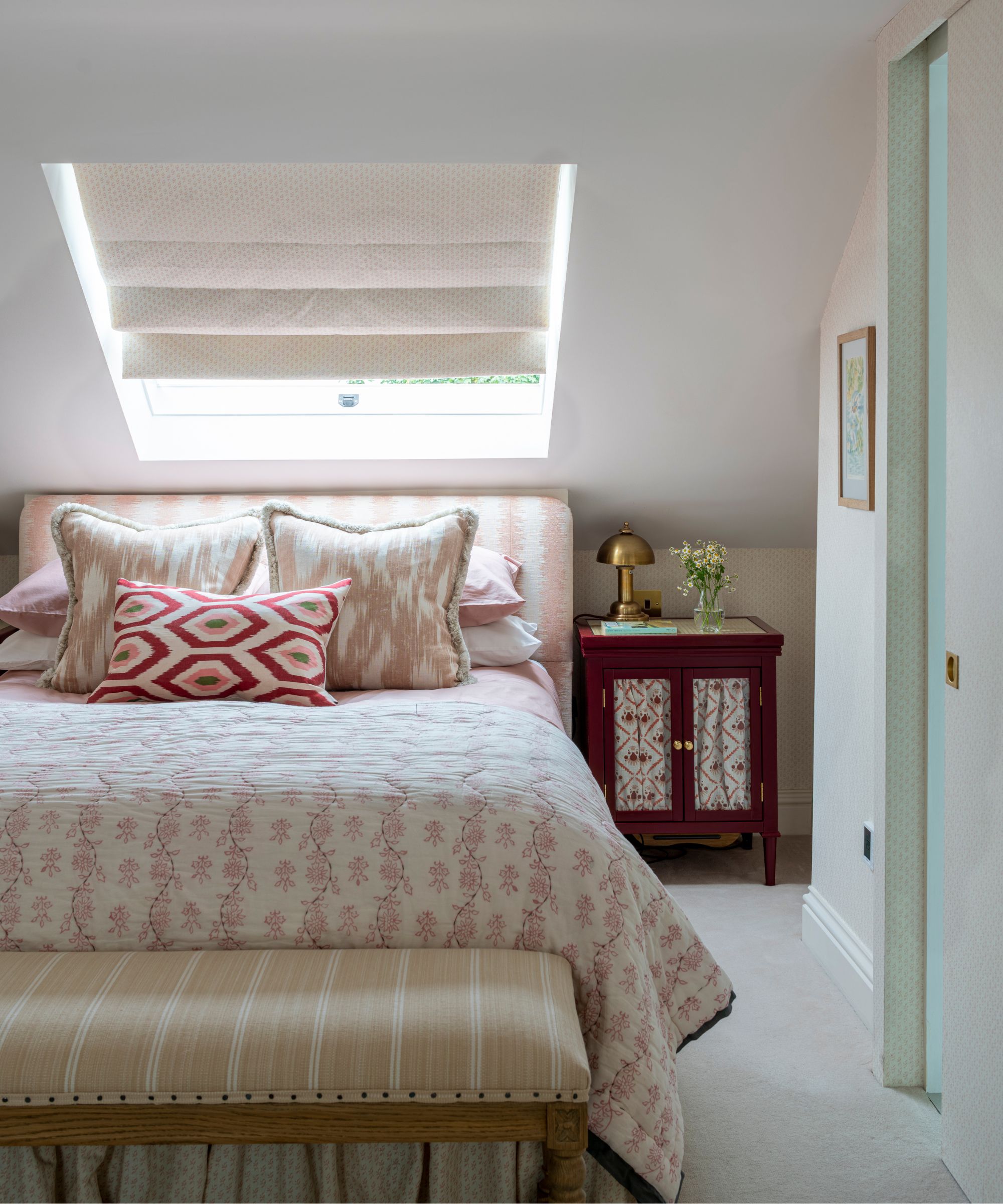
Avoidance can quickly become hide away.
If you struggle to motivate yourself to clean as a serial procrastinator, you may have an avoidant messiness type – especially when it comes to the tough task of decluttering. Often, it results in trying to tidy your home when you feel overwhelmed, which means you avoid it again in the future, beginning an exhausting cycle.
Laurie Hise, founder at Passionate Penny Pincher, explains, ‘For this messiness type, people often keep everything because the thought of sorting feels paralyzing. I suggest setting a timer for 15 or 20-minute wins, starting with one area. Also, use a decluttering checklist to track momentum and help you focus on progress, not perfection.’
Using a digital timer, from Walmart, can be less distracting than using a timer on your phone.
8. The busy bee
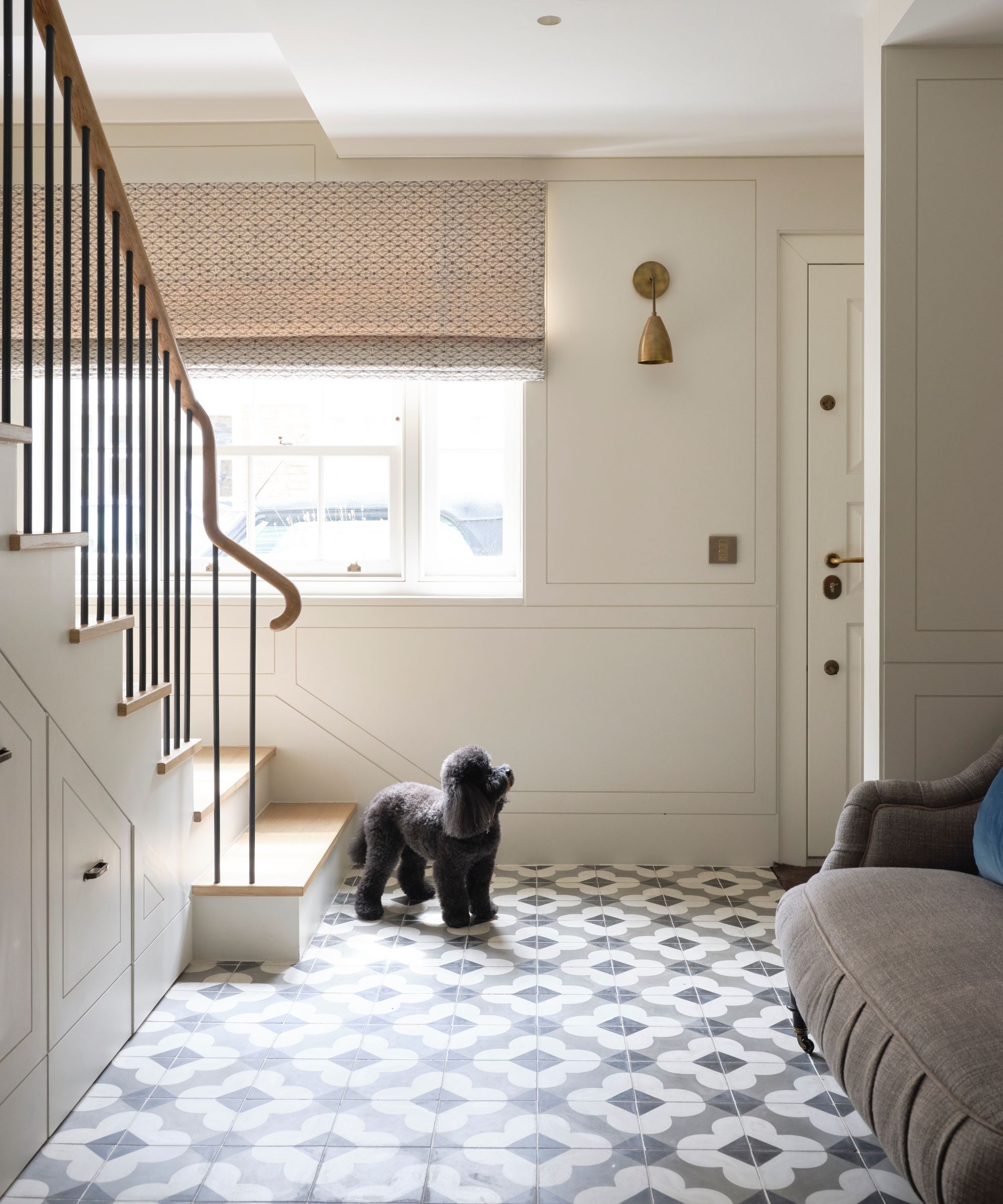
If you are always on the go, do little and often.
If you always feel like you are chasing your own tail, juggling tasks to clean a house when you’re too busy, then you are likely to have the busy bee messiness type.
Victoria Greene, professional organizer and founder of Meet Your Neat, says, ‘The busy bee has no time to sort, meaning that clutter accumulates in piles. For this messiness type, I suggest using ‘grab-and-go’ systems such as entryway drop zones and easy-access trays to prevent messy, unplanned piles.’
Decorative woven baskets, from Target, can make these drop zones blend in with your decor.
‘Then, focus on smaller daily resets, rather than whole-house decluttering, to keep surfaces clear. The goal is to work with your habits, not against them. That’s how you create lasting results and a space that feels like peace.’
9. The perfectionist
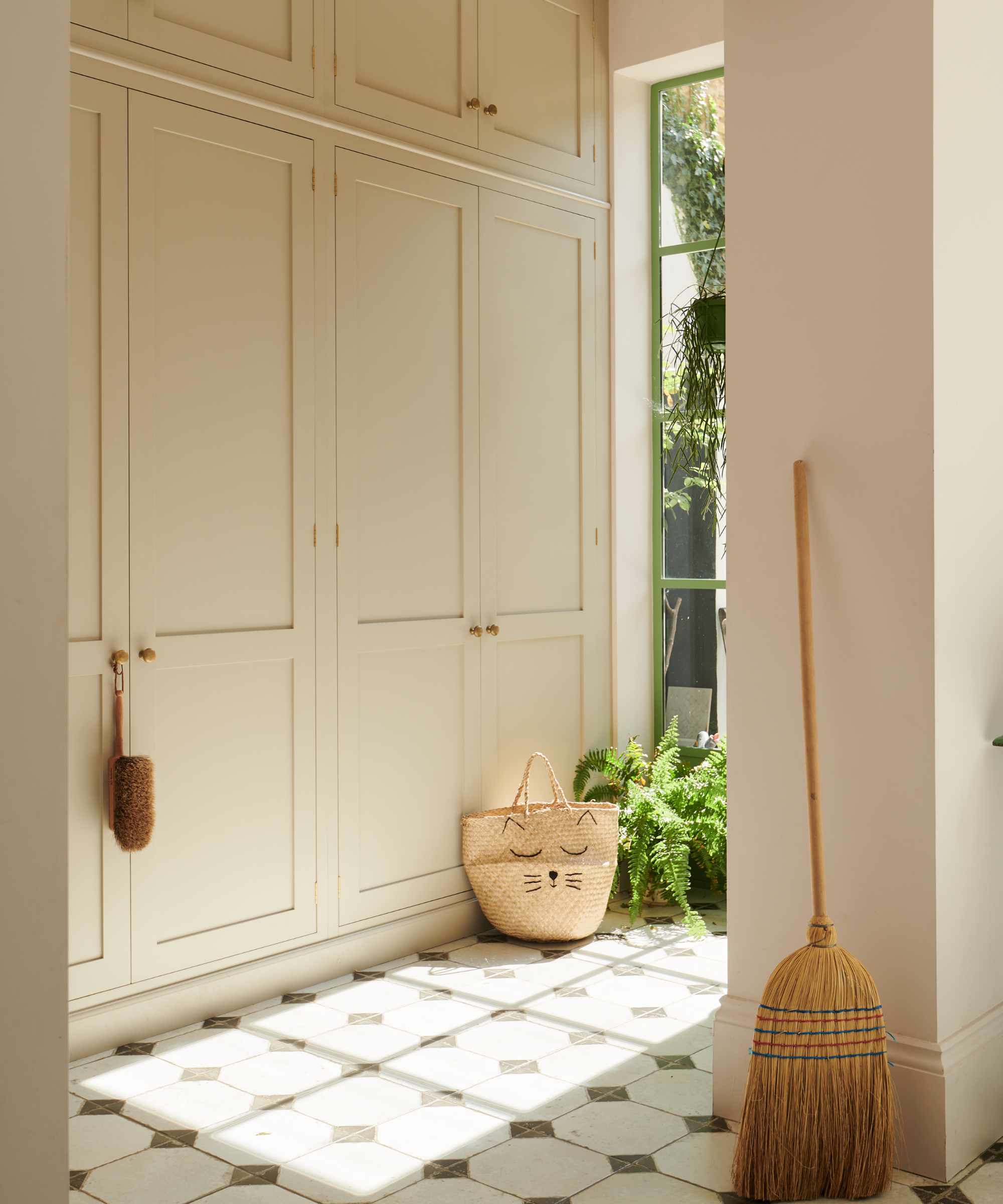
Chasing perfection is the quickest way to fail.
Victoria continues, ‘The perfectionist messiness type is another type of avoider. They don’t start because they are worried they cannot do it perfectly.’
While it is good to have goals for your home, chasing perfection is one of the things professional organizers urge you to stop doing. Victoria suggests, ‘start with quick wins that don’t have too much pressure attached to them, such as one drawer, a console, or a shelf. Focus on progress, not perfection, by setting a 15-minute timer, and use simple categories to keep storage minimal and flexible.’
A daily gratitude journal, from Walmart, can help you find the positives in your progress to inspire you to continue on larger projects in your home.
10. The shopper

Create a wishlist off of your digital devices to make it harder to spend on a whim.
For shoppers, the goal should be to stop clutter before it starts. Laurie explains, ‘Sentimental shoppers tend to keep items bought during emotional moments, including guilt purchases or retail therapy remnants. Get rid of things by asking, “Do I still love and need this, or was it an in-the-moment thing?” Then donate anything else and feel great about it.’
Sometimes, having a physical wishlist, written down in a small notepad from Target, can put a barrier between seeing an item and spending. Digital wishlists can make it too easy to add an item to a cart on a whim. With a physical wishlist, you have to go through the effort of finding the webpage again and purchasing it, which could be enough to delay the spending a little.
What to shop
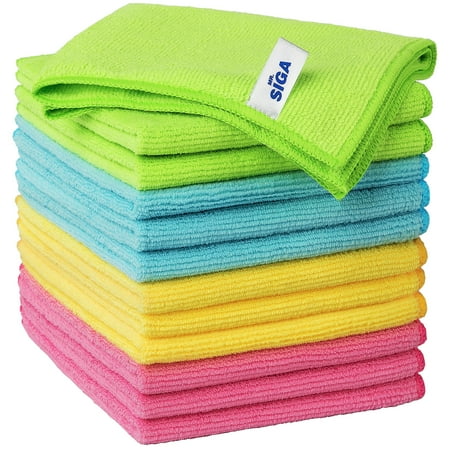
No matter what your messiness type is, it is always beneficial to clean as you declutter and organize. Carrying a microfiber cloth or two, dampened with some water or an all-purpose spray, can help you quickly dust shelving and cabinets as you take items out to knock off two chores in one go.
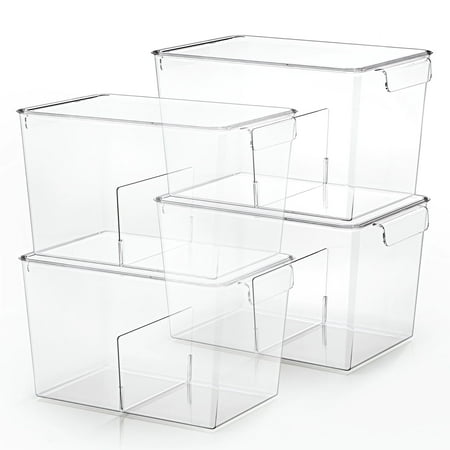
Using the right home organizers can help make decluttering easier. These stackable storage bins are transparent, making it easy to find exactly what you need in one glance, while making the best use of height, saving space.

Under-bed storage is a great way to expand on your existing storage spaces to prevent visual clutter around your home, be it for storing your off-season items or offering a place for lesser used pieces that only come out once a year.
Meet the experts
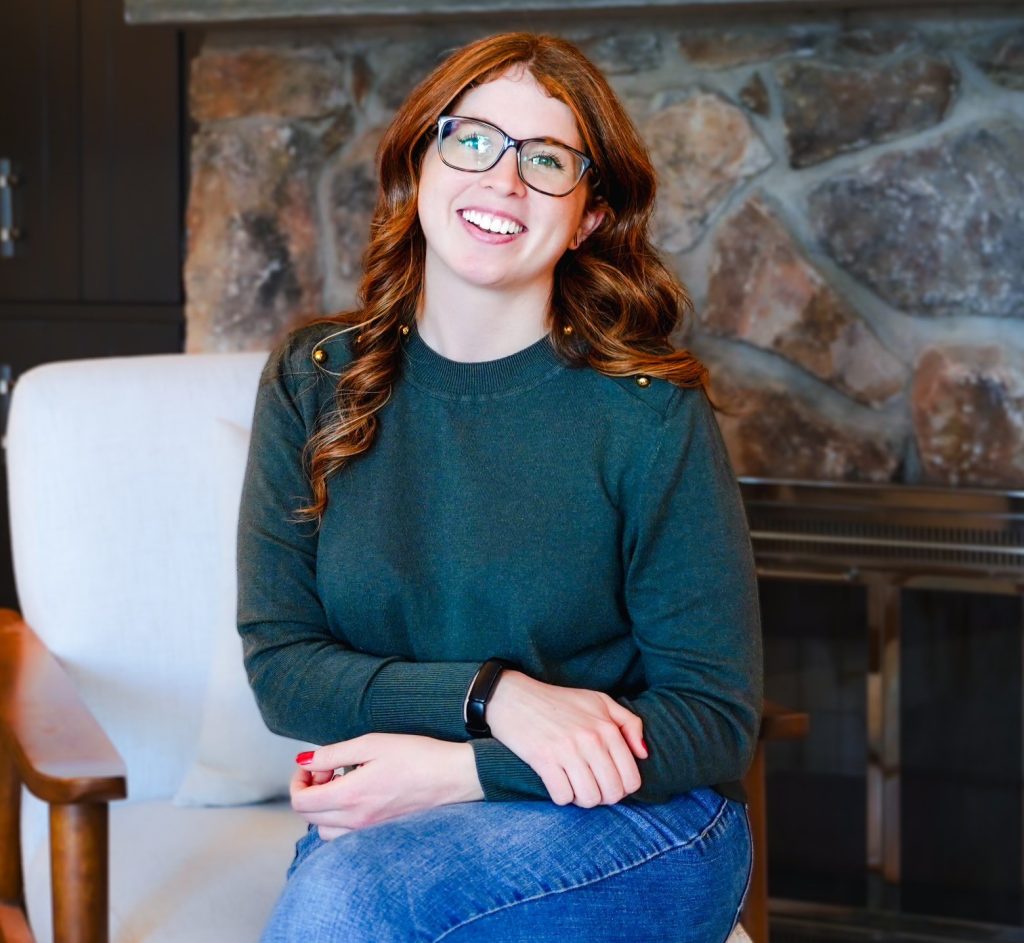
Amanda is a New Jersey-based professional organizer with a passion for creating personalized solutions. she has spent 10 years working in customer service, before switching to home organizing after having her first child.

Since starting on blogspot back in 2009, Laurie has used Passionate Penny Pincher to helped millions of folks save money all over their homes.

Polina is a NYC-based neurodivergent therapist specializing in helping Autistic and ADHD kids find their strengths. As a trauma-informed speech-language pathologist, family communication and feeding expert, she uses play to engage with each child’s unique perspective of the world.
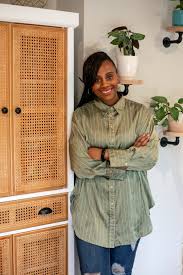
Shantae has over five years of Home Organizing experience, specializing in decluttering services. She has also been a returning expert on Q13 Fox Seattle and has been published in Martha Stewart, Elle Decor, USA Today, and more.
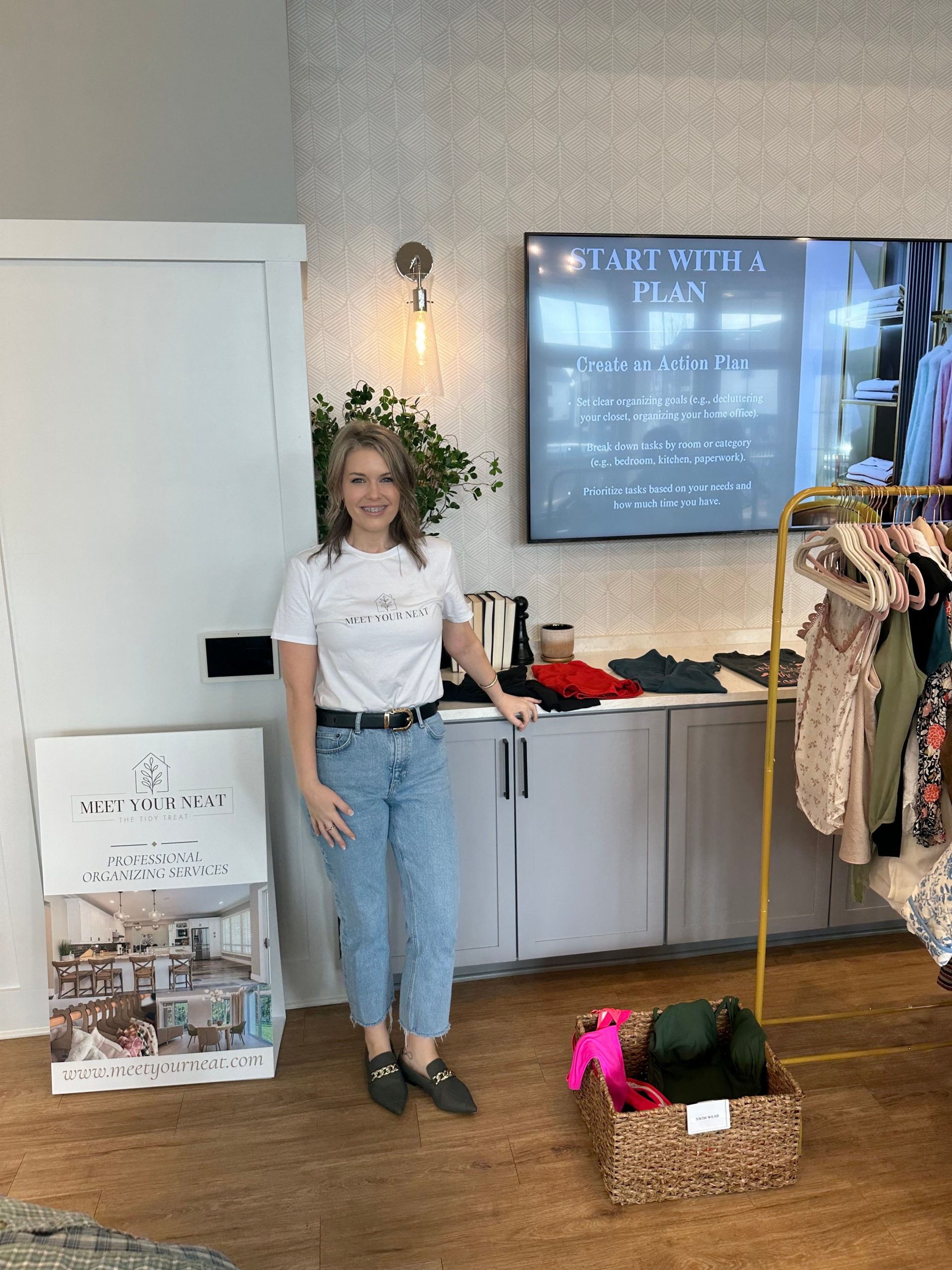
Victoria has over a decade of experience helping families, including those with children on the spectrum, helping to bring order and calm into homes.
If you’re still struggling with where to start with decluttering, try removing common chore blocks for a more efficient home.
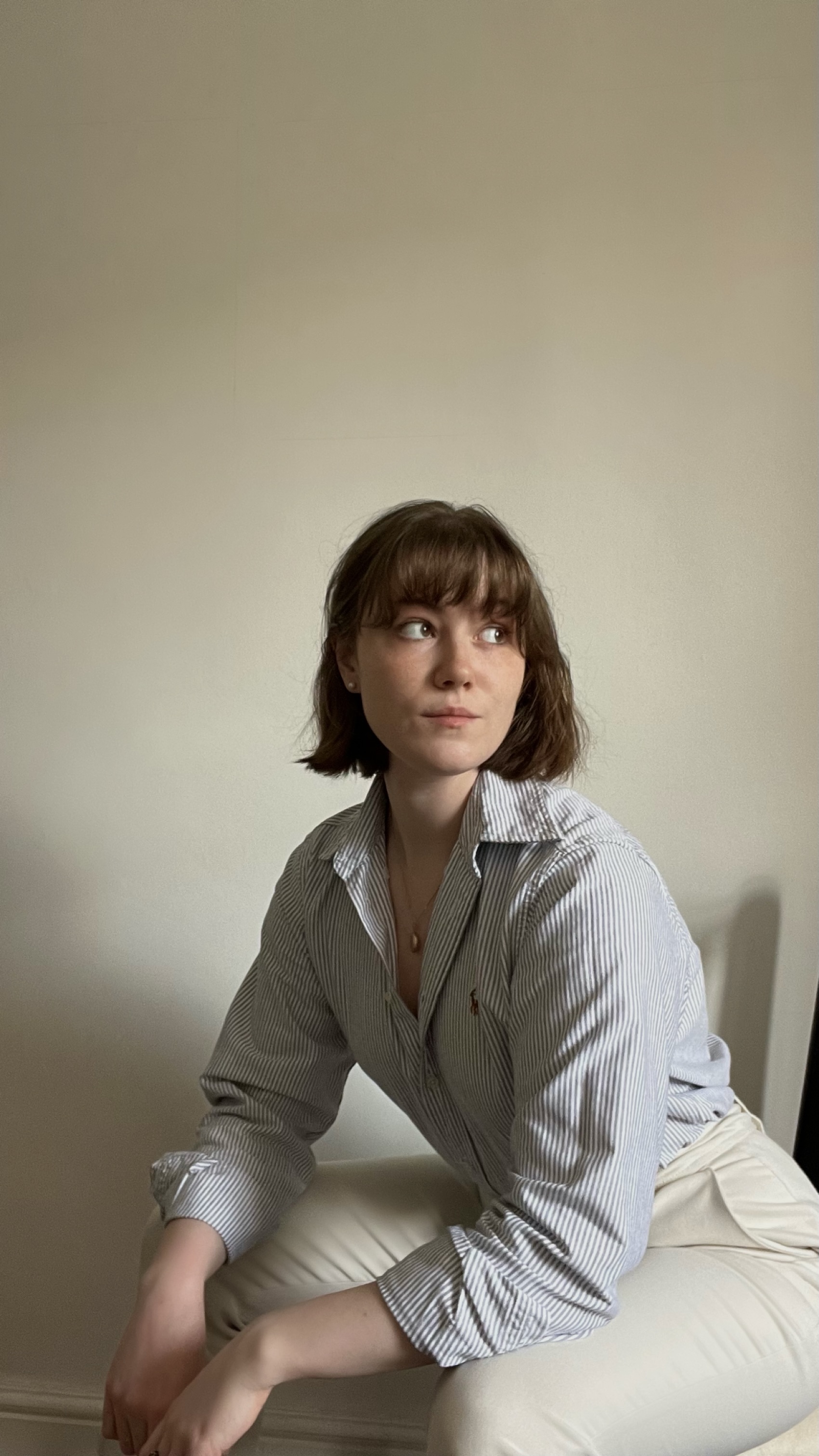
Chiana has been at Homes & Gardens for two years and is our resident 'queen' of non-toxic living. She spends most of her time producing content for the Solved section of the website, helping readers get the most out of their homes through clever decluttering, cleaning, and tidying tips. She was named one of Fixr's top home improvement journalists in 2024.